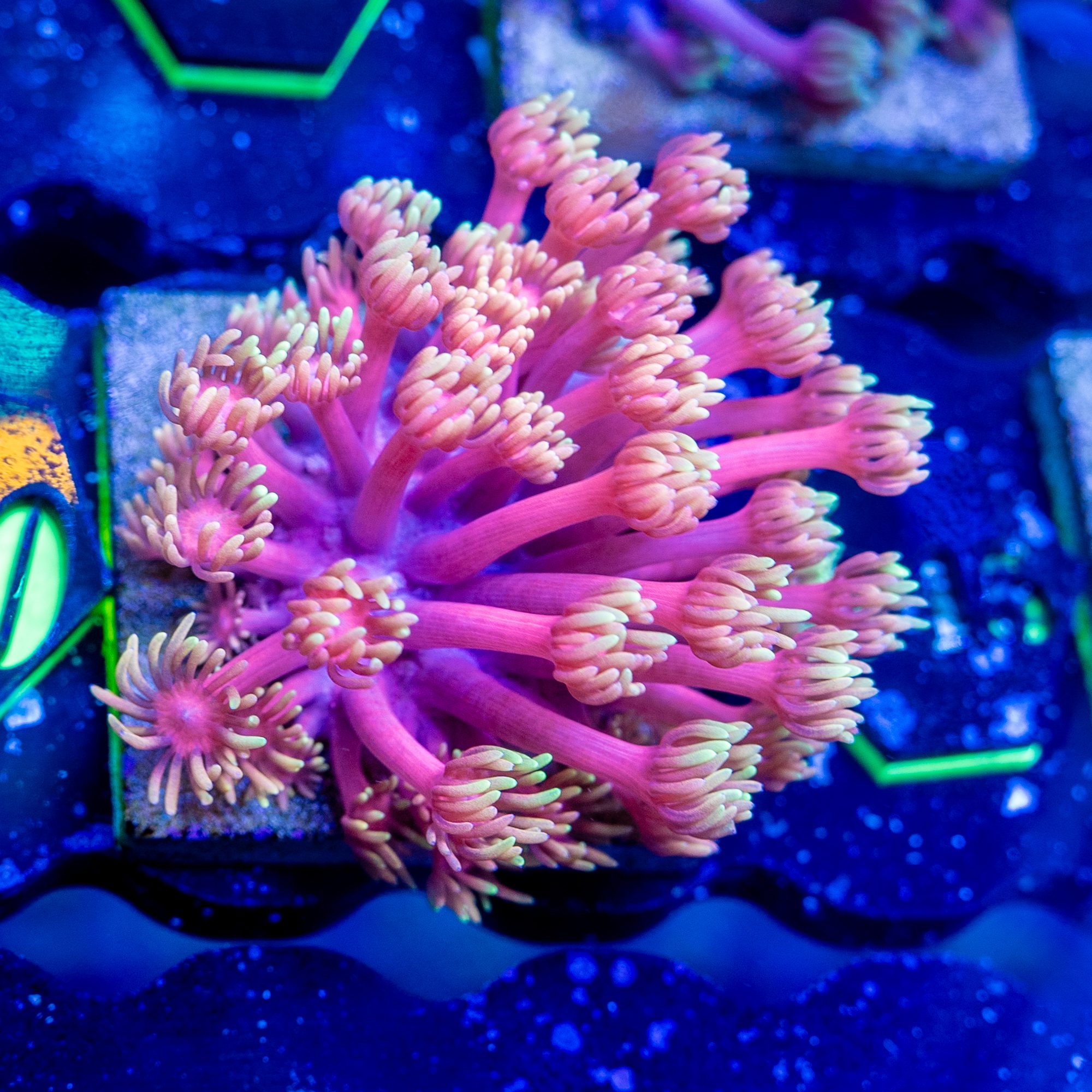I hear a lot of people saying, “Don’t chase pH”, and I wanted to explain this alittle further for those of your who are having a hard time understanding how to use pH information.
pH is a far more complicated concept than most of our other readings. Where all the other levels we’re concerning ourselves with are simple a measure of the concentration of an element or compounds prescience in our water chemistry, pH is different. pH is a reading of our systems ability to process acids.
The first important aspect of this distinction to understand is that if a pH reading is below what you’re expecting or hoping for, it does not mean you need to dose something to replenish pH.
The second important distinction is that you really can’t tell the pH of your system from your water with any accuracy once that water leaves your system. We highly recommend a probe or Tester like the following that takes a live reading in the water: https://detroitreefclub.com/product/phep-pocket-ph-tester-hi98108/
The 3 most common contributing pH suppressing conditions are:
- Elevated Nutrients, particularly Phosphates, whose concentration at elevated levels will diminish the solubility of oxygen in water
- Diminished Flow: When we’re talking about a system that you’re testing for the first time, often times a suppressed level of ~7.8-8.2 can an indication that either your total flow in the system is lacking, or that there are dead zones present somewhere in the system. On an established system, where a sudden dip is observed at our facility for example, this is usually an indication that either a power head was unplugged and not plugged back in, a return pump chewed up a snail shell and is running at a diminished capacity, or something along these lines.
- Systemically Low Alkalinity (persistent, continually low Alk over a long period of time will continue to suppress the pH of the system by more and more.

So, What do you do if your pH is Low?
To evaluate what’s keeping your pH suppressed, I would test Phosphates, Alkalinity, & Start checking all of my powerheads, and water moving equipment.
We like to keep Phosphate between 0.03 & 0.10, but there isn’t just one way to keep a reef. I’m not sure at what level you would first expect to see these numbers affecting pH and frankly, I think that varies quite a bit as Phosphates have a tendency to be deposited in pockets that are not free flowing/dissolved in the water column, once the water reaches a certain concentration, the rest of the phosphates simply wait to be dissolved until concentrations of PO3 lower. A good bet if you phosphates are over 0.10, and you’re not sure if they’re affecting your pH, is to complete a Systemic Phosphate Analysis.
Just like everything in Reefing it seems, Alkalinity is also a hard one to simply look at say, if your alk is X, than you’re systemically low. What we’re looking for here is a phenomena that occurs during the process of corals trying to photosynthesize but finding limited availability of carbonate over a prolonged period. As the coral starts struggling to access carbonates from the water column normally, they will start to “borrow” some carbonates from the pH system, resulting in a reduced pH. If your alkalinity is below 8.1 and you suspect Systemically Low Alkalinity of being a contributing factor in pH suppression, Use Sodium Carbonate to dose your tank up to 8.5 (follow dosing instructions of specific product used), and retest the following day. If you’ve exhausted your alkalinity supply back down below 8.1 (assuming you dosed correctly), then chances are you will also see your pH has risen some. What happens is, essentially as the coral “borrows” those carbonates from pH those IOUs are due on the tanks next “Pay Day” (dosing event), your coral hasn’t suddenly grown at an extreme rate, while they surely managed to get at some of the alkalinity you dosed in the process, most of that was restoring the pH system to its proper function.
Flow is also a very common source of problems we see, and it can be hard to diagnose. First I”ll briefly set an expectation for what an unsupressed pH looks like in a reef aquarium:
Full Reef System – Sump, Efficient Skimmer – 8.3-8.4
All In One Reef/No Sump – Decent Skimmer – 8.1-8.2
Canister/AIO/NO Sump, Little to no skimming – 8.0-8.2
While we’re not saying you couldn’t achieve a higher pH than what is listed here, based on these criteria, but if you can achieve and maintain that, your knowledge and skills probably surpass that of the target hobbyist for this article.
One common occurrence is we hear someone say, “Oh no, I’ve got plenty of flow, I’ve got an MP 40.” Flow is really not something that should be thought of in a linear fashion like this, it is not simply, to much or too little. pH is far more sensitive to the completeness of the flow, its very sensitive to dead spots, and stagnation. It is not uncommon that dead spot in your sump from poor circulation/flow can cause a pH suppression in your display tank. Maintaining a high pH requires a very complete flow throughout your system, not all the same, as you should have varying rates of flow through different chambers, and filtration areas in your system. An easy way to test the affect of water flow on the pH would be to use an extra flow source, even if its borrowing it from your water mixing reservoir for a day, and add it to what you would theorize to be the worst part of the tank for flow and leave it running overnight to see if addition circulation positively affects pH.

